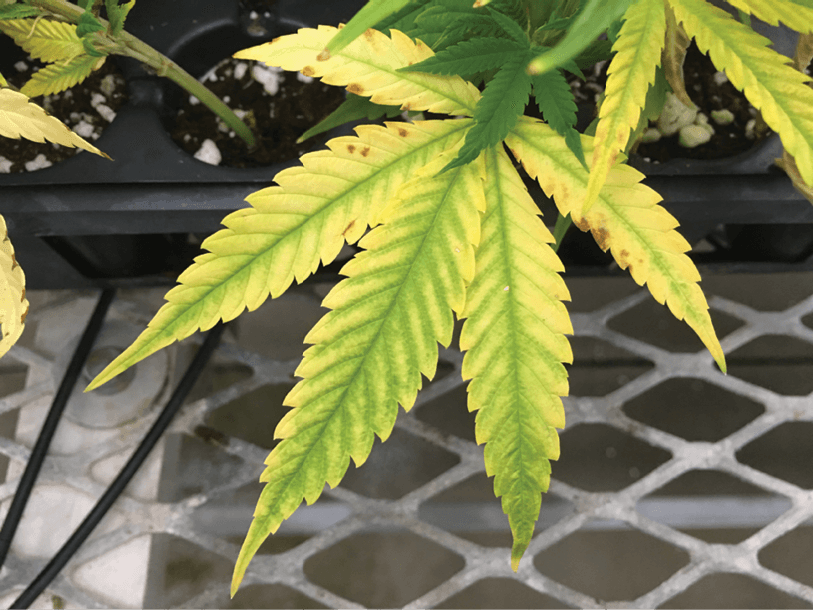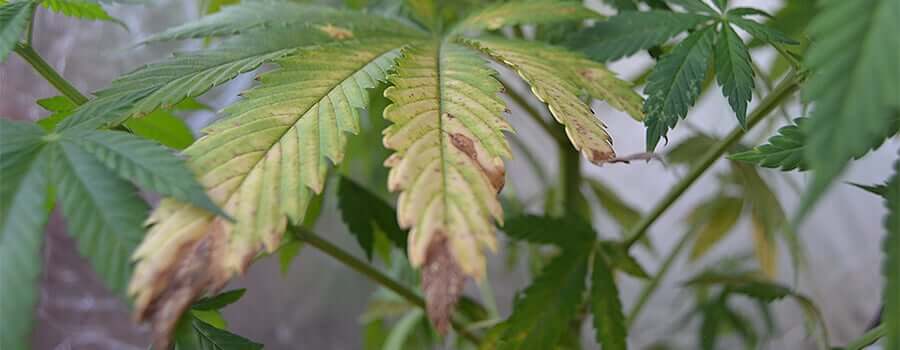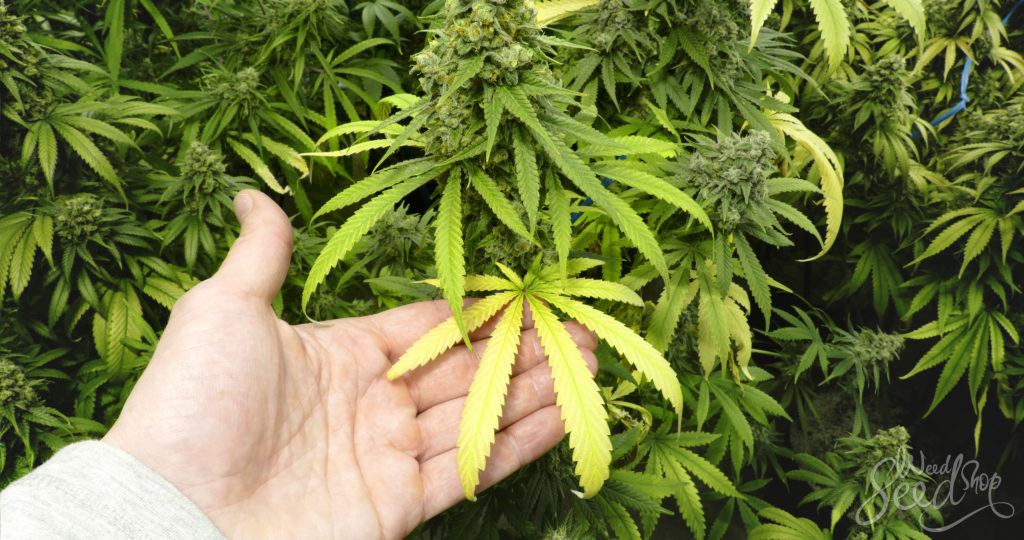
Nematodos
Nematodes
Nematodes
Pathogen:
Nematode
Type:
Risk to the plant:
HIGH



DESCRIPTION
WHO CAUSES IT?
Nematodes are microscopic worms that belong to the phylum Nematoda and can be parasites of plants, including cannabis. These organisms are responsible for a series of diseases that affect the roots of plants, causing significant damage to the root system and, consequently, to the general health of the plant. Nematodes can infect the roots of cannabis plants, causing visible symptoms that can range from discoloration and wilting of leaves to poor growth and premature death of the plant.
SYMPTOMS
The presence of nematodes in the roots of cannabis plants can cause symptoms such as yellowing and wilting of the leaves, deformed or tangled roots, reduced plant growth, and in severe cases, the death of the plant. These symptoms are the result of damage caused by nematodes to the root system, which affects the plant's ability to absorb water and nutrients from the soil.


TEMPERATURE AND HUMIDITY
15°C - 30°C
50% - 70%

HOW IS IT SPREAD?
Contaminated soil, irrigation water, infected plant material.

HOW TO REMOVE IT?
Home remedies
There are no home treatments
Chemical treatments
• AZADIRACTIN 1% (AS AZADIRACTIN A) [EC] P/V
• Azadirachtin 2.6% (AS AZADIRACTIN A) [EC] P/V
• 100% GARLIC EXTRACT [SC] P/V
• Garlic extract 45% [GR] P/P
Authorized treatments in organic farming
• AZADIRACTIN 1% (AS AZADIRACTIN A) [EC] P/V
• Azadirachtin 2.6% (AS AZADIRACTIN A) [EC] P/V
• 100% GARLIC EXTRACT [SC] P/V
• Garlic extract 45% [GR] P/P
Insect allies
PREDATORY MITES
LADYBUGS
LACEWINGS
PARASITIC WASPS
HOVERFLIES OR PARASITIC FLIES
PREDATORY BUGS
There are no natural allies
Mycodiplosis oidii (predatory mosquito)
EFFECTIVE PRODUCTS TO ELIMINATE THIS DISEASE
Sponsored link
Sponsored link
Sponsored link
Sponsored link
Sponsored link
Sponsored link
Effective against all types of fungi
To prevent and control nematode infestation in cannabis crops, it is important to implement integrated pest management practices. This includes selecting healthy, well-drained soils for growing, rotating crops, sanitizing gardening tools and equipment, using resistant varieties, applying organic soil amendments to improve soil health, and using beneficial nematodes to compete with harmful nematodes.
























